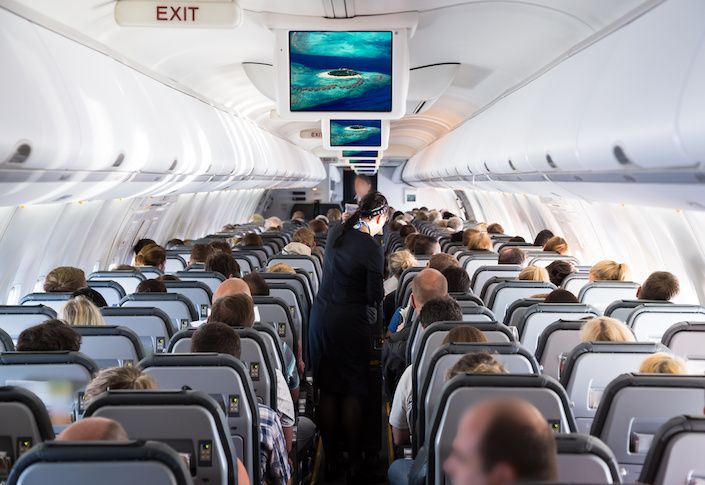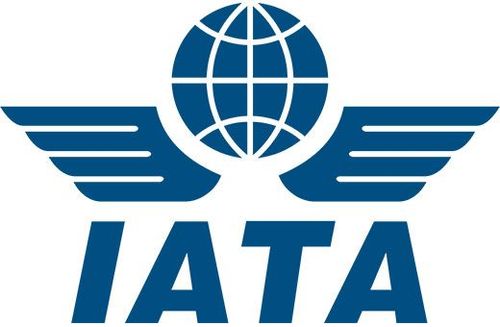Where travel agents earn, learn and save!
News / Return to profitability for global airline industry in 2023: IATA
IATA is forecasting a return to profitability for the global airline industry in 2023

IATA is forecasting a return to profitability for the global airline industry in 2023 as airlines continue to cut losses stemming from the effects of the pandemic to their business in 2022.
In 2023, airlines are expected to post a small net profit of US$4.7 billion—a 0.6% net profit margin. If the numbers hold true, it would be the first profit since 2019 when industry net profits were $26.4 billion (i.e. a 3.1% net profit margin).
n 2022, airline net losses are expected to be $6.9 billion. That’s an improvement on the $9.7 billion loss for 2022 in the outlook forecast by IATA this past summer. And it’s significantly better than the losses of $42 billion and $137.7 billion in 2021 and 2020 respectively.
2022
Improved prospects for 2022 are coming mostly from strengthened yields and strong cost control in the face of rising fuel prices.
Passenger yields are expected to grow by 8.4%. Passenger revenues are expected to grow to $438 billion, up from $239 billion in 2021.
Air cargo revenues played a key role in cutting losses with revenues expected to reach $201.4 billion.
Overall revenues are expected to grow by 43.6% compared to 2021, reaching an estimated $727 billion.
On the cost side, jet kerosene prices are expected to average $138.8/barrel for the year, considerably higher than the $125.5/barrel expected in June.
2023
In 2023 the airline industry is expected to tip into profitability. Airlines are anticipated to earn a global net profit of $4.7 billion on revenues of $779 billion. This expected improvement comes despite growing economic uncertainties as global GDP growth slows to 1.3%.
In 2023, the passenger business is expected to generate revenues of $522 billion. Passenger demand is expected to reach 85.5% of 2019 levels over the course of 2023. And passenger numbers are expected to surpass the four billion mark for the first time since 2019, with 4.2 billion travellers expected to fly. Passenger yields, however, could soften (-1.7%) as lower energy costs are passed through to the consumer, despite passenger demand growing more quickly (+21.1%) than passenger capacity (+18%).
Meanwhile overall costs are expected to grow by 5.3% to $776 billion. That growth is expected to be 1.8 percentage points below revenue growth, supporting a return to profitability. Cost pressures are still there from labour, skill and capacity shortages. Infrastructure costs are also a concern, says Walsh. The total fuel spend for 2023 is expected to be $229 billion, consistent at 30% of expenses.
IATA also points to several factors in the economic and geopolitical environment as presenting potential risks to the 2023 outlook.
The risk of some economies falling into recession remains, and such a slowdown could affect demand for both passenger and cargo services. Some mitigation could come in the form of lower oil prices.
The outlook anticipates a gradual re-opening of China to international traffic and the easing of domestic COVID-19 restrictions progressively from the second half of 2023. A prolongation of China’s Zero COVID policies would adversely affect the outlook, says IATA.
If materialized, proposals for increased infrastructure charges or taxes to support sustainability efforts could also eat away at profitability in 2023.
Regionally, North America is the only region to return to profitability in 2022, based on IATA’s estimates. Two regions will join ranks with North America in this respect in 2023: Europe and the Middle East, while Latin America, Africa, and Asia-Pacific will remain in the red.
North American carriers are expected realize profits of $9.9 billion in 2022 and $11.4 billion in 2023. In 2023, passenger demand growth of 6.4% is expected to outpace capacity growth of 5.5%. Over the year, the region is expected to serve 97.2% of pre-crisis demand levels with 98.9% of pre-crisis capacity.
Passengers are taking advantage of the return of their freedom to travel, he added. A recent IATA poll of travellers in 11 global markets revealed that nearly 70% are travelling as much or more than they did prior to the pandemic. And, while the economic situation is concerning to 85% of travelers, 57% say they have no intention to curb their travel habits.
The same study also included these findings …
- 91% of respondents said that connectivity by air is critical to the economy
- 90% said that air travel is a necessity for modern life
- 87% said that air travel has a positive impact on societies, and
- Of the 57% familiar with the UN Sustainable Development Goals (SDGs), 91% understand that air transport is a key contributor
Source: Travelweek











